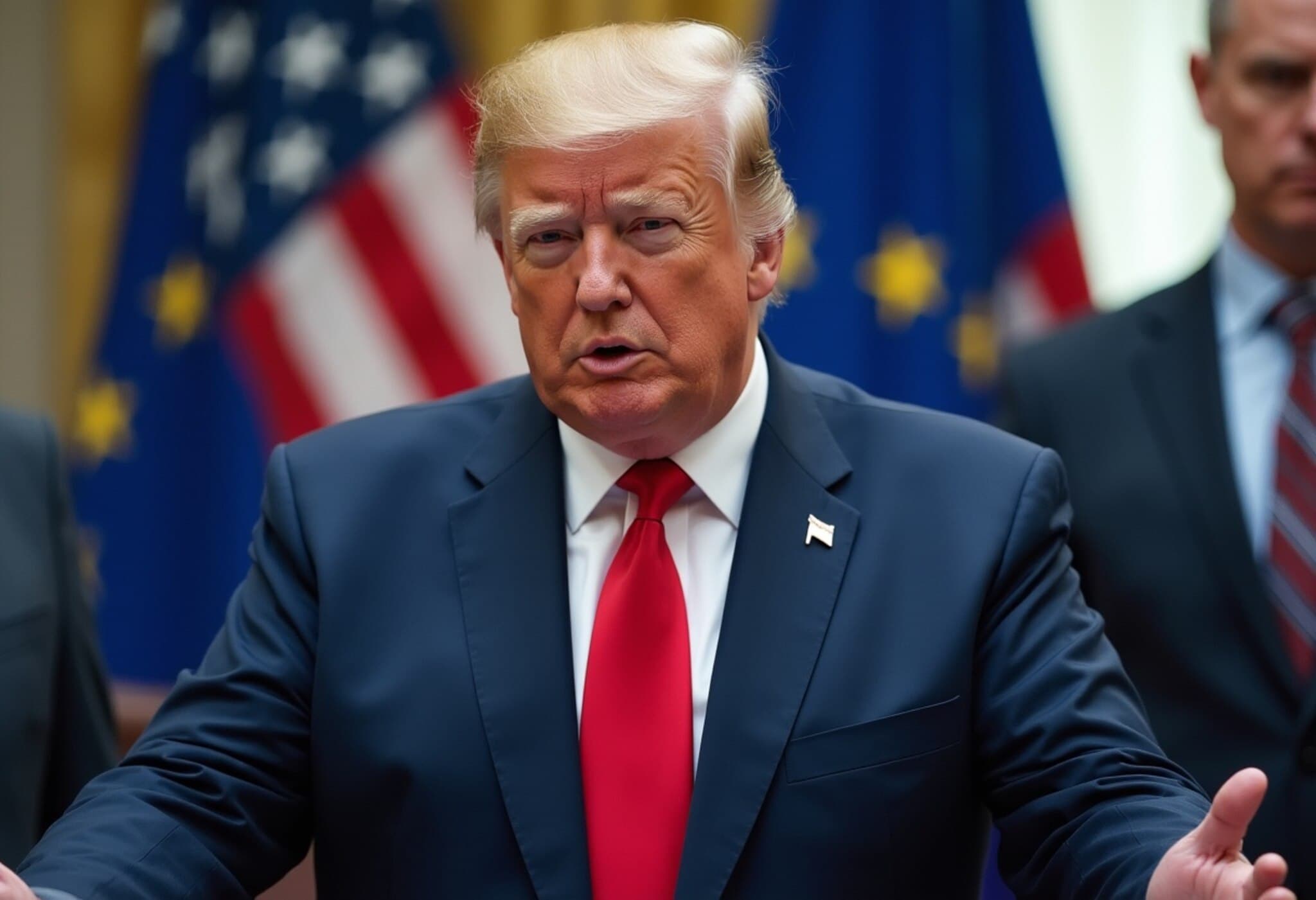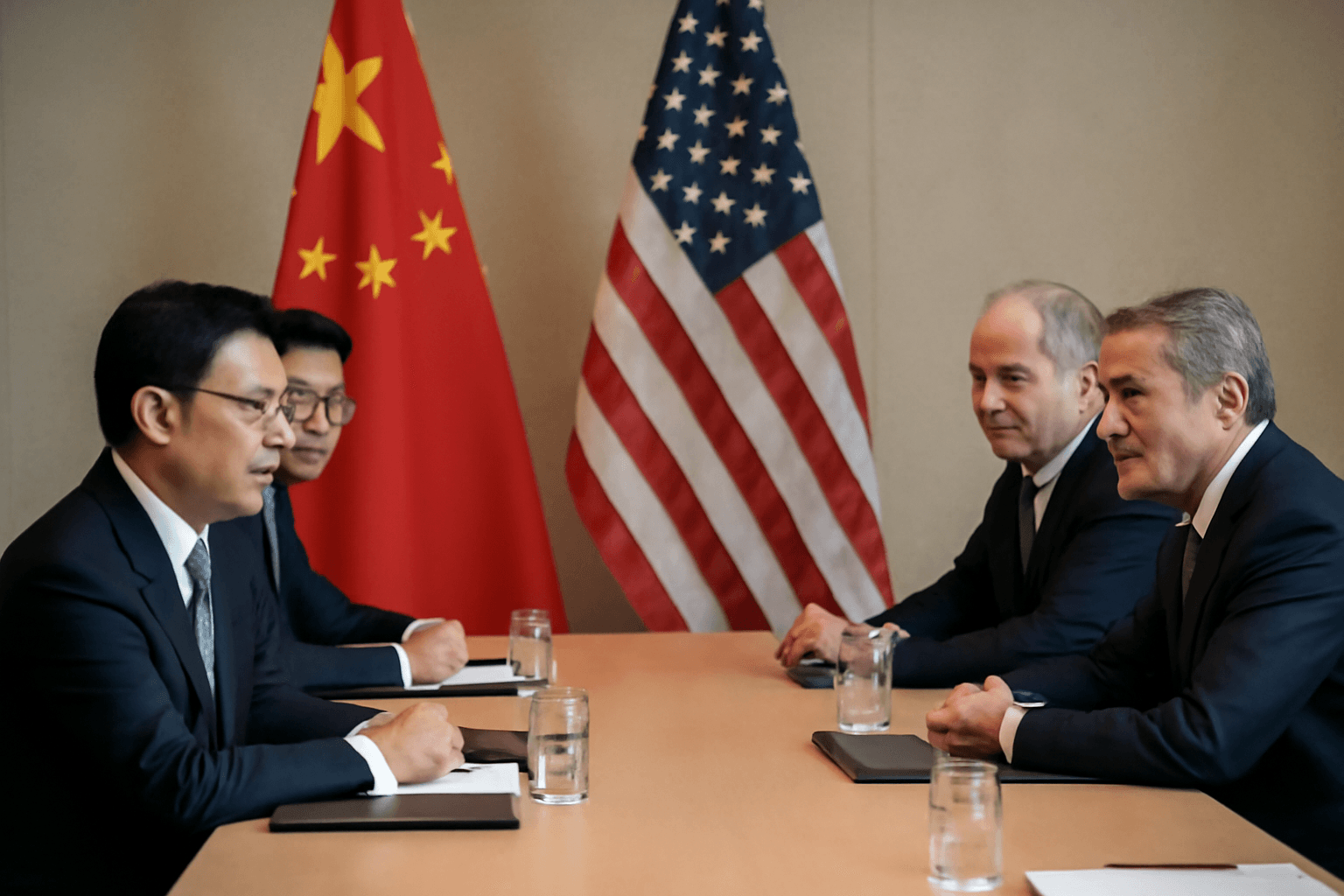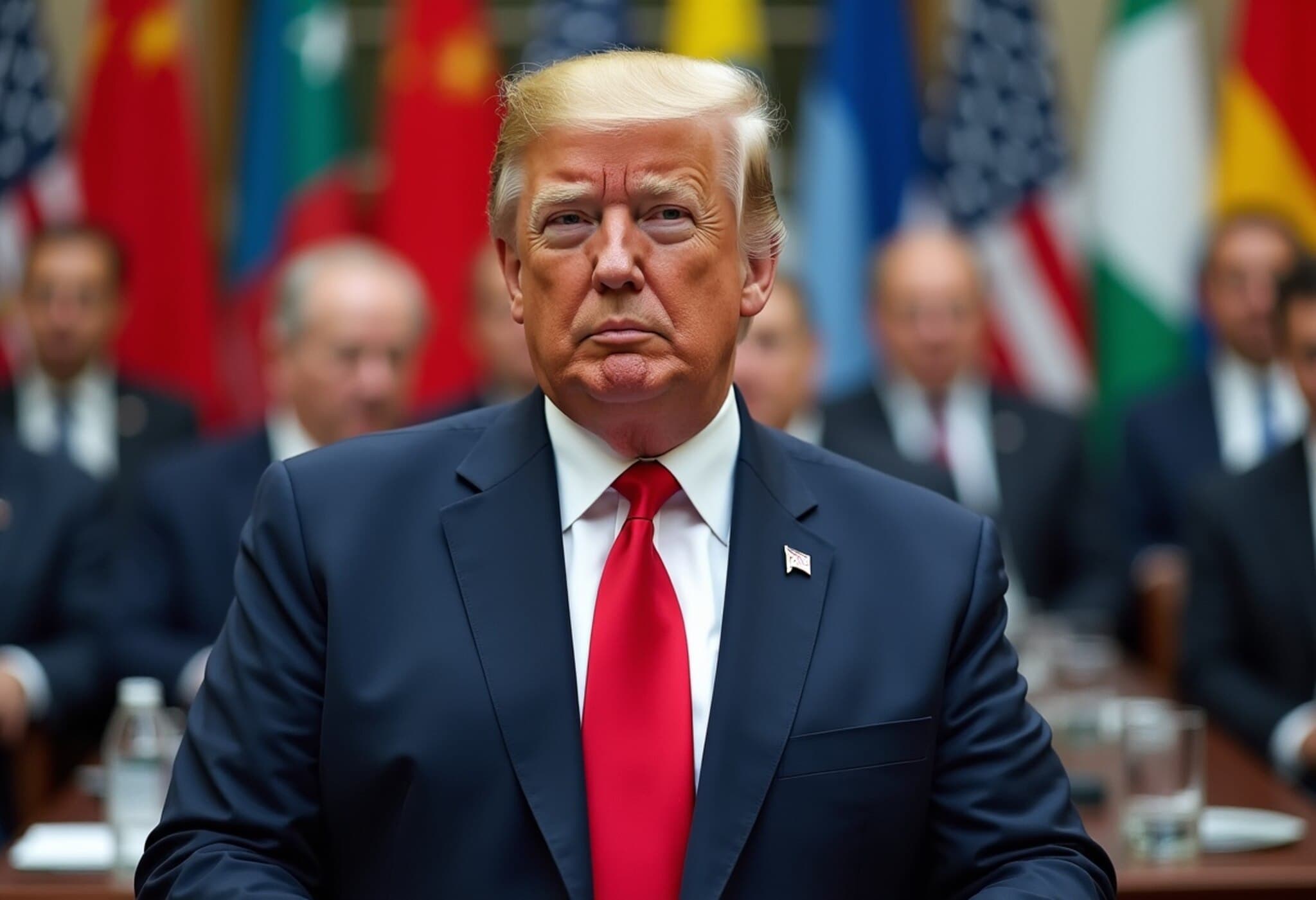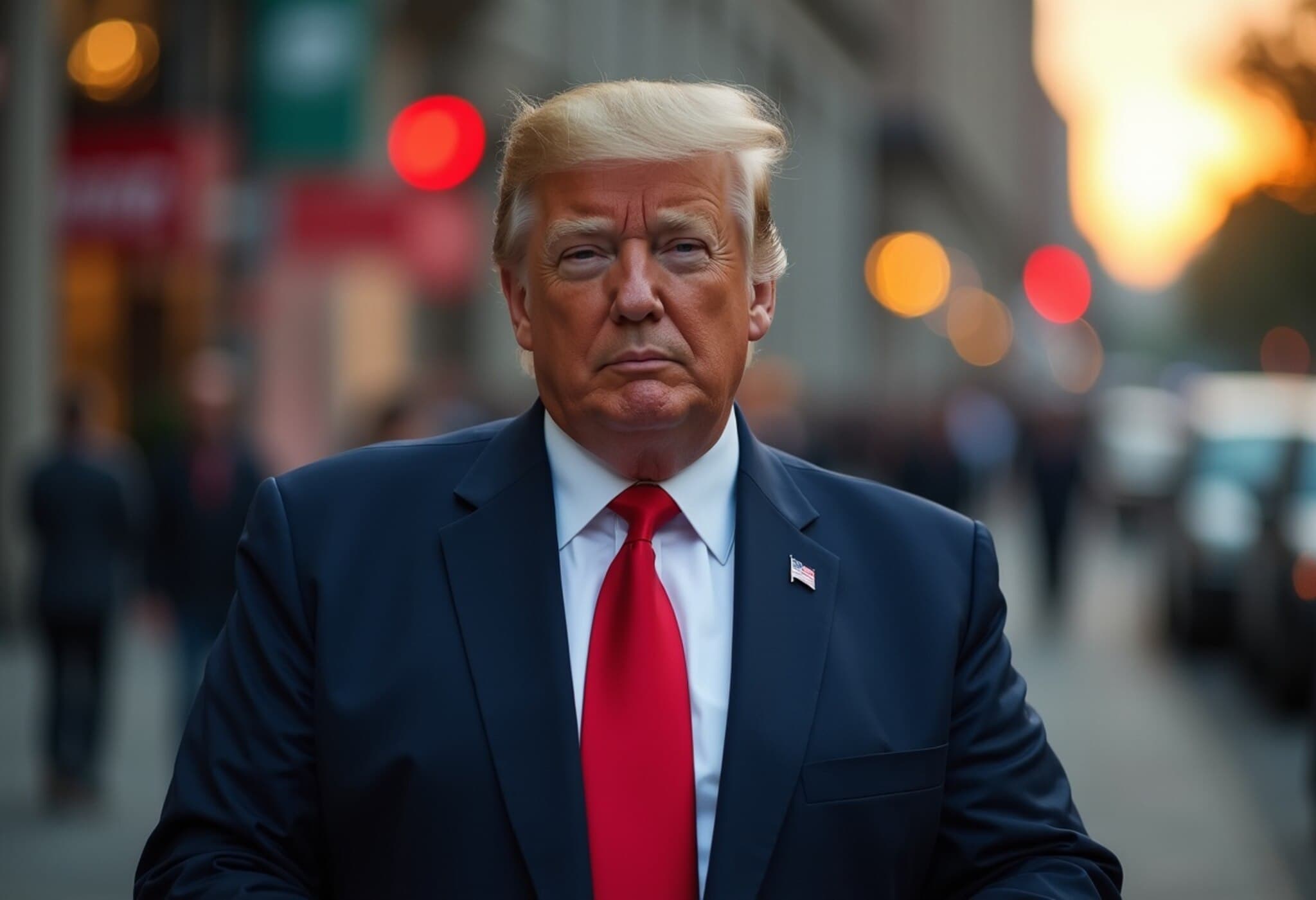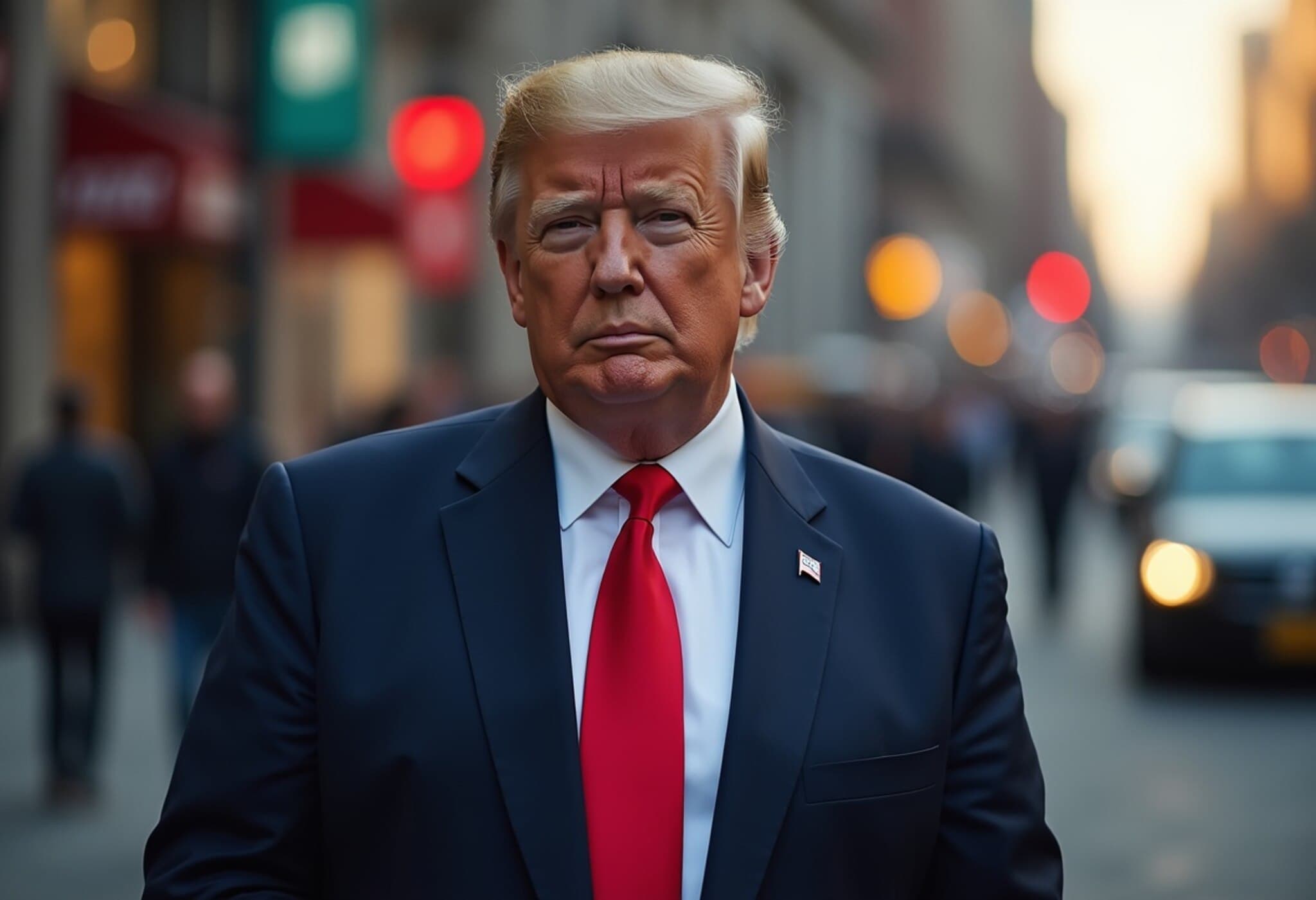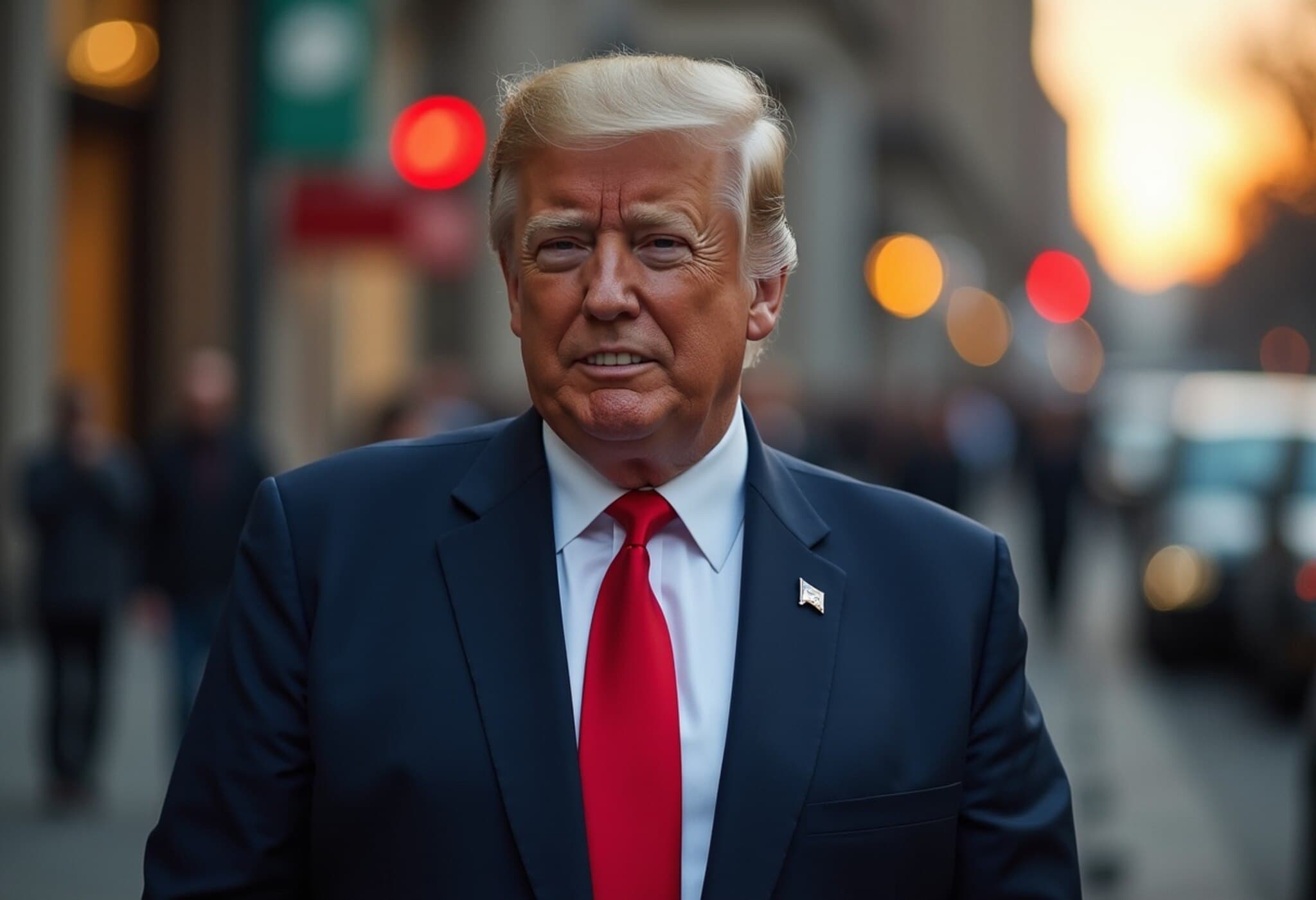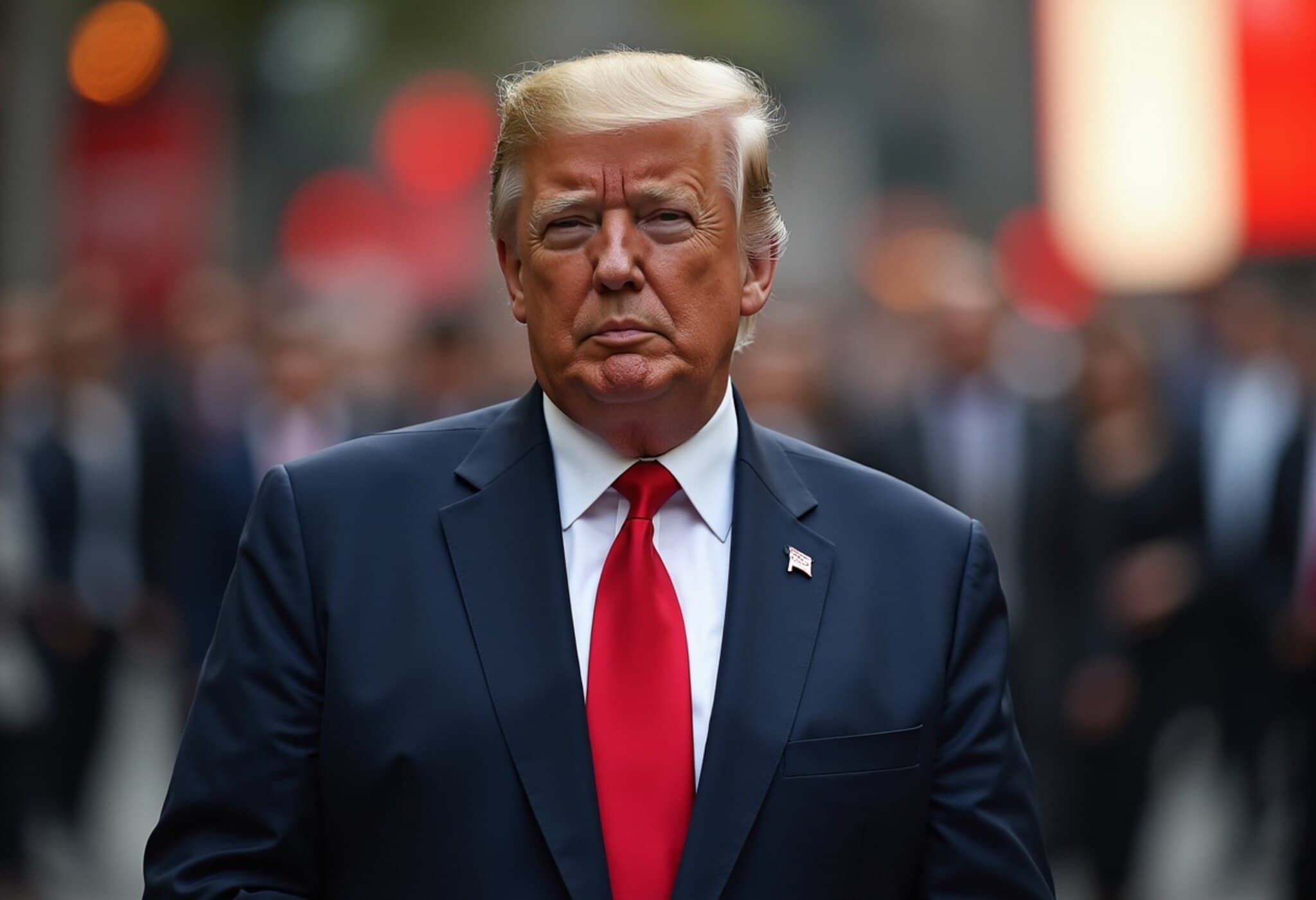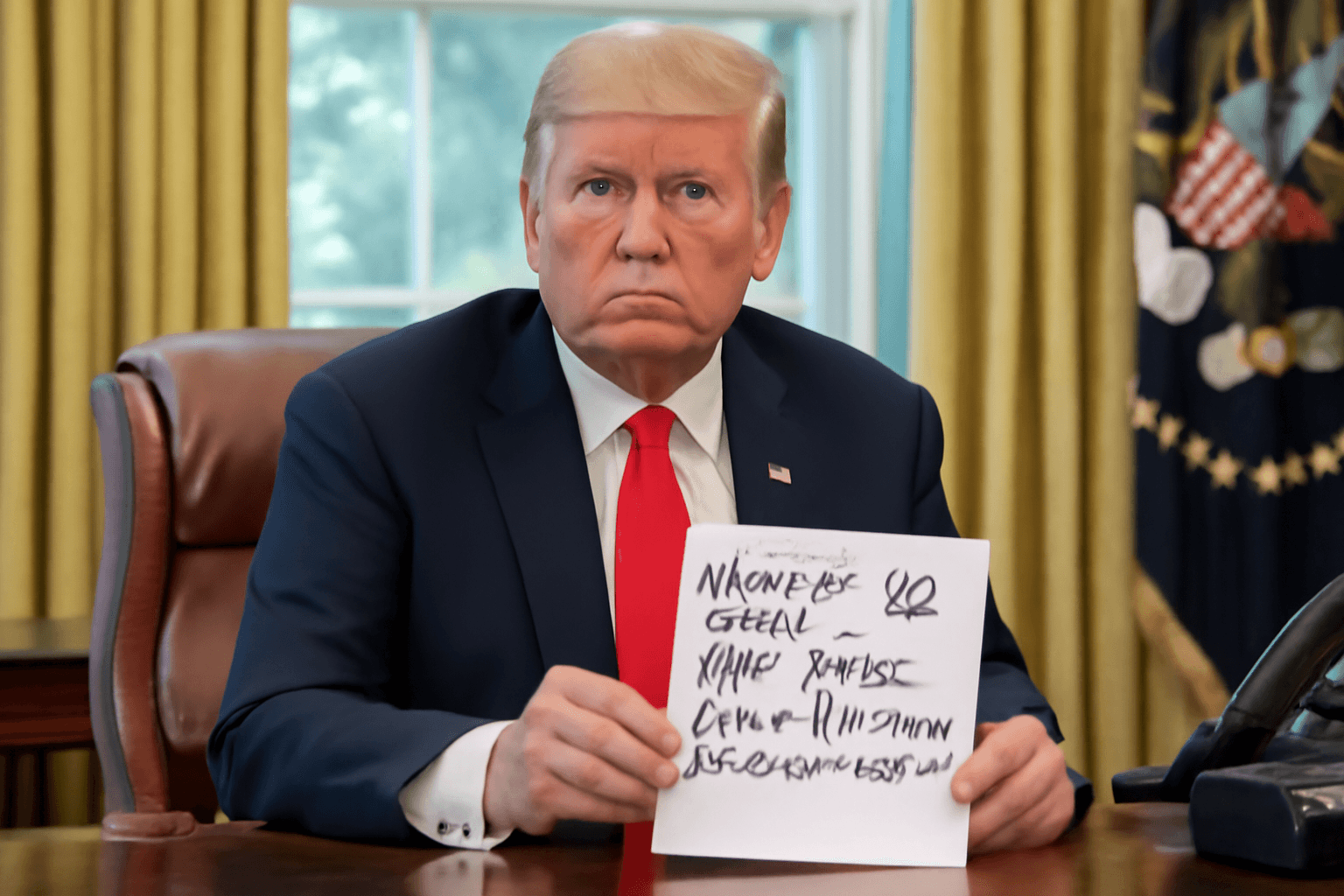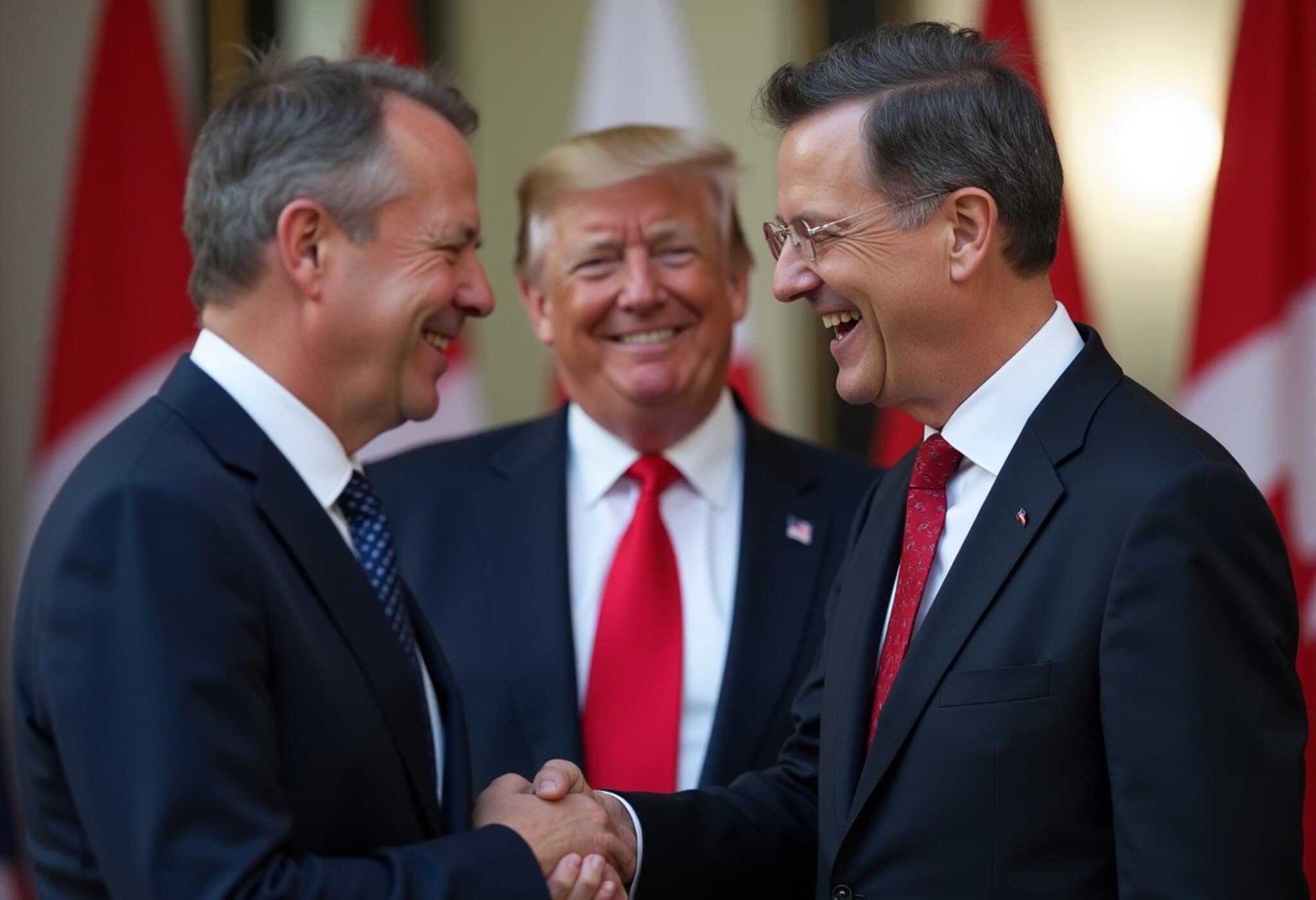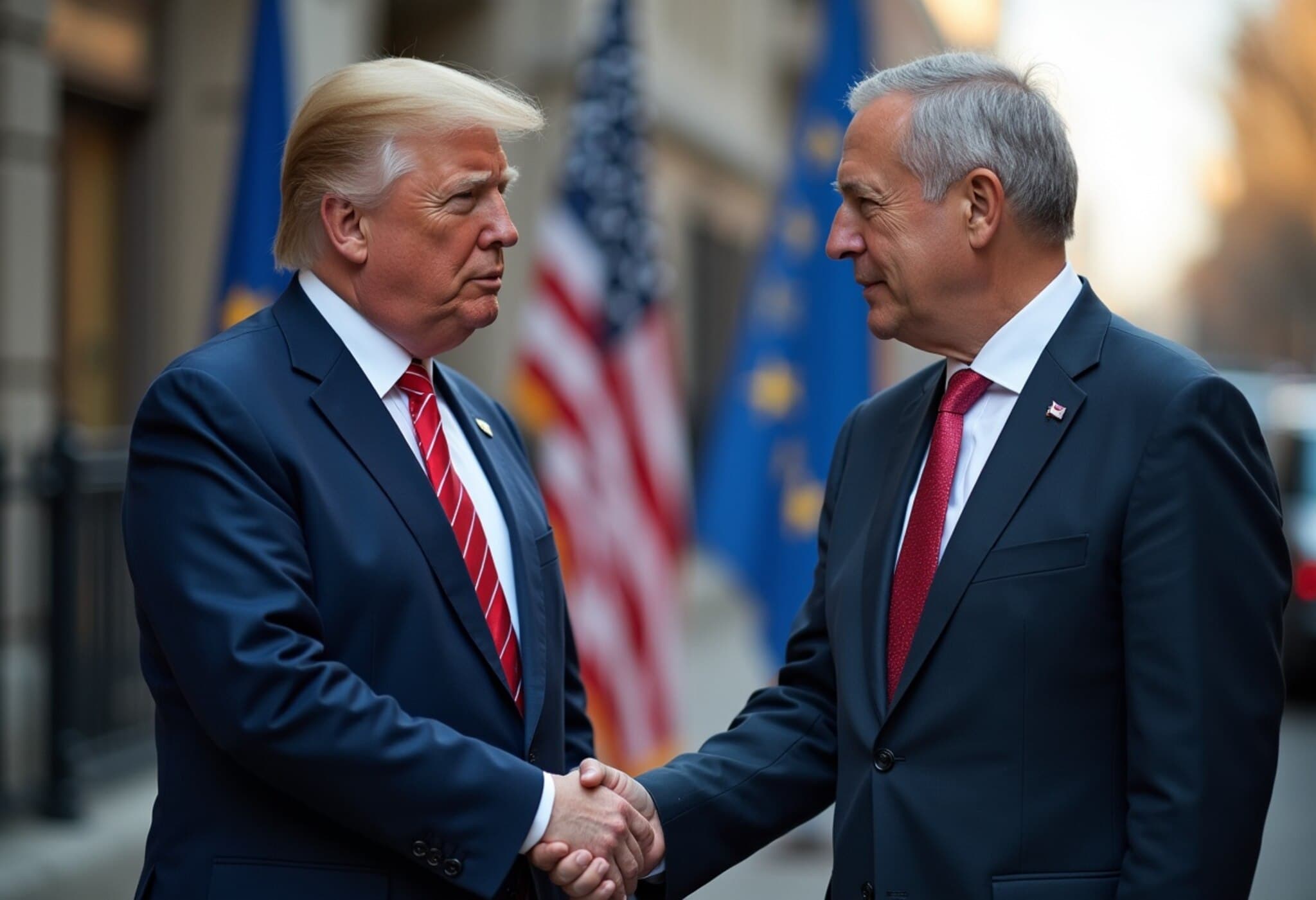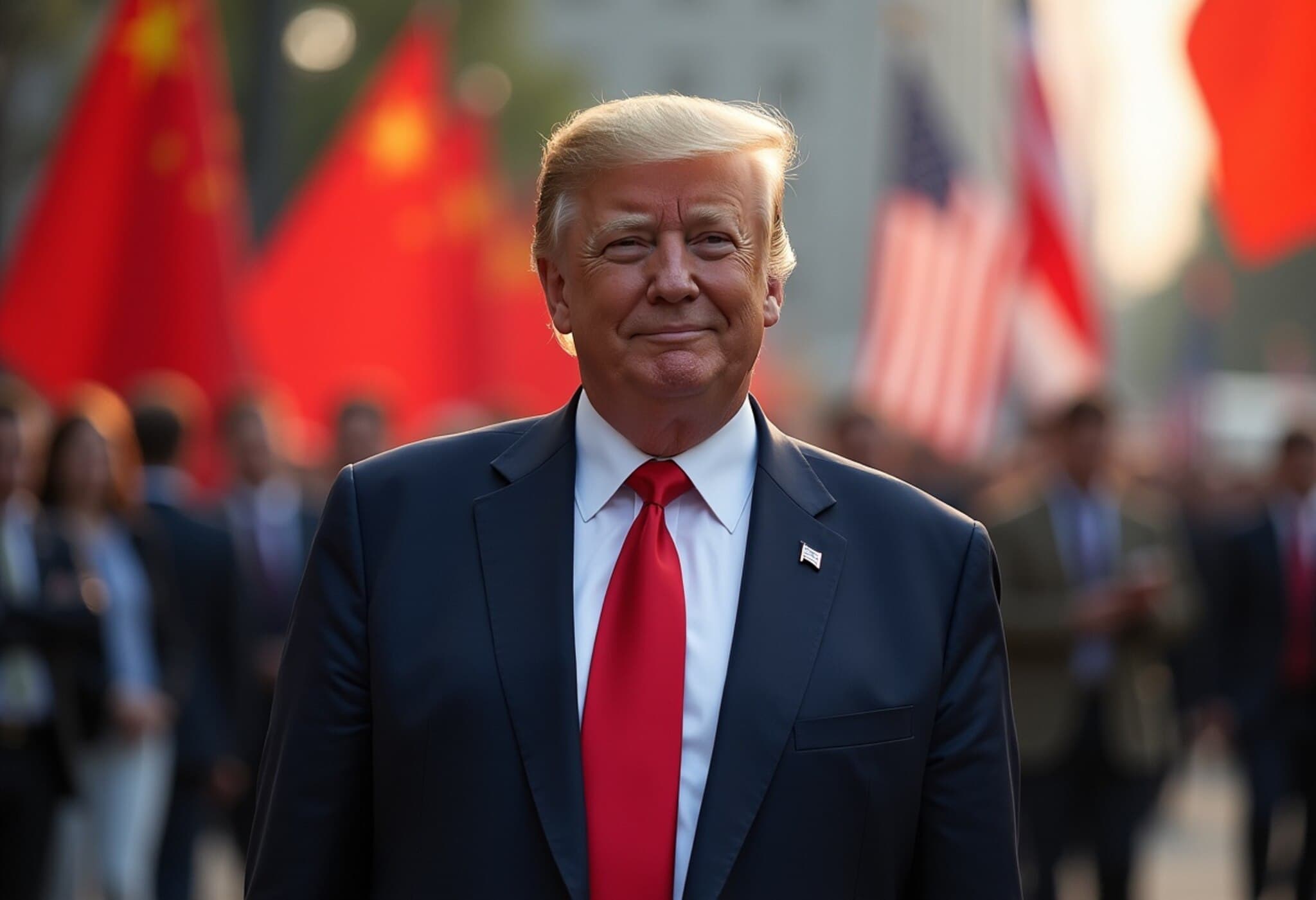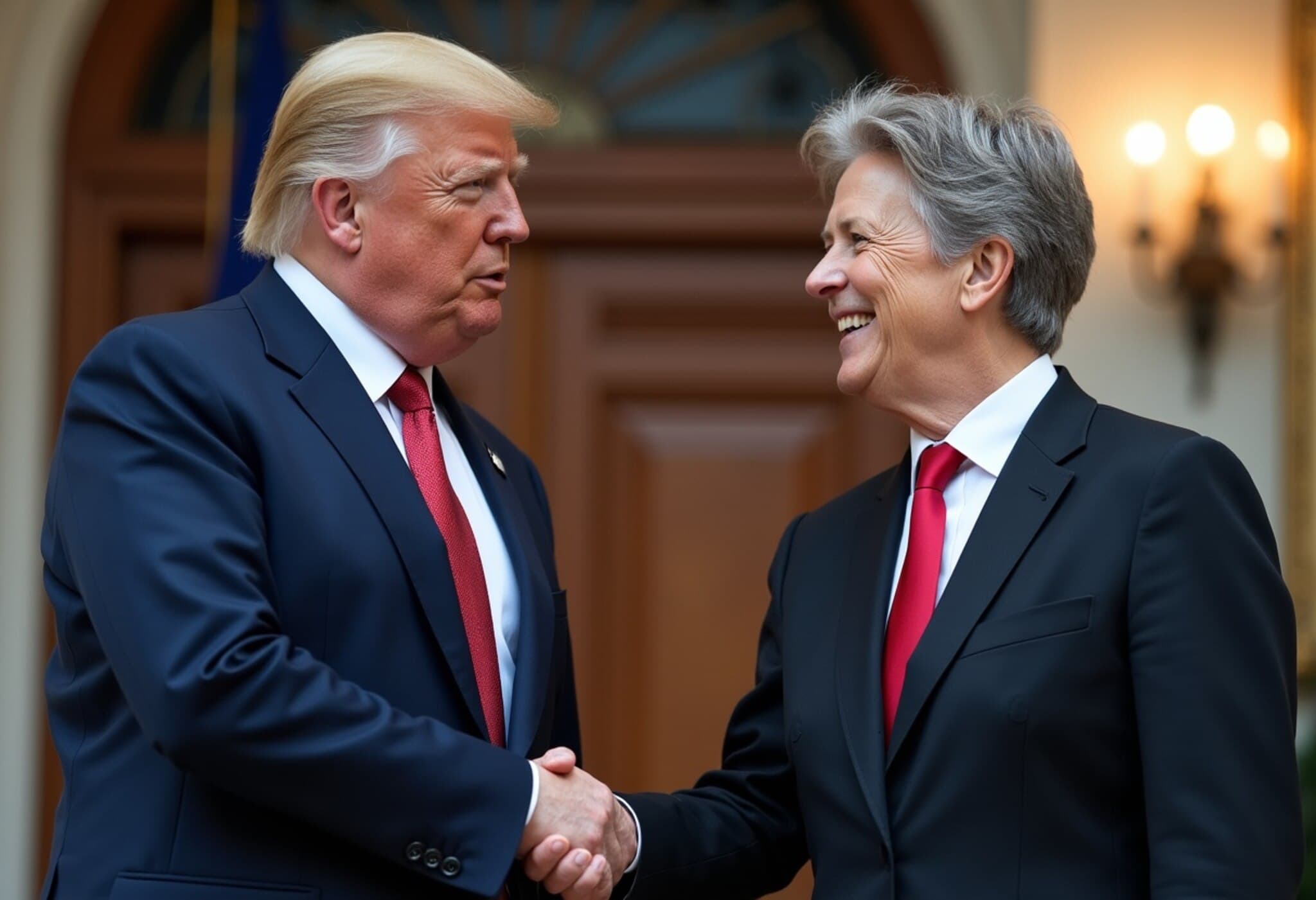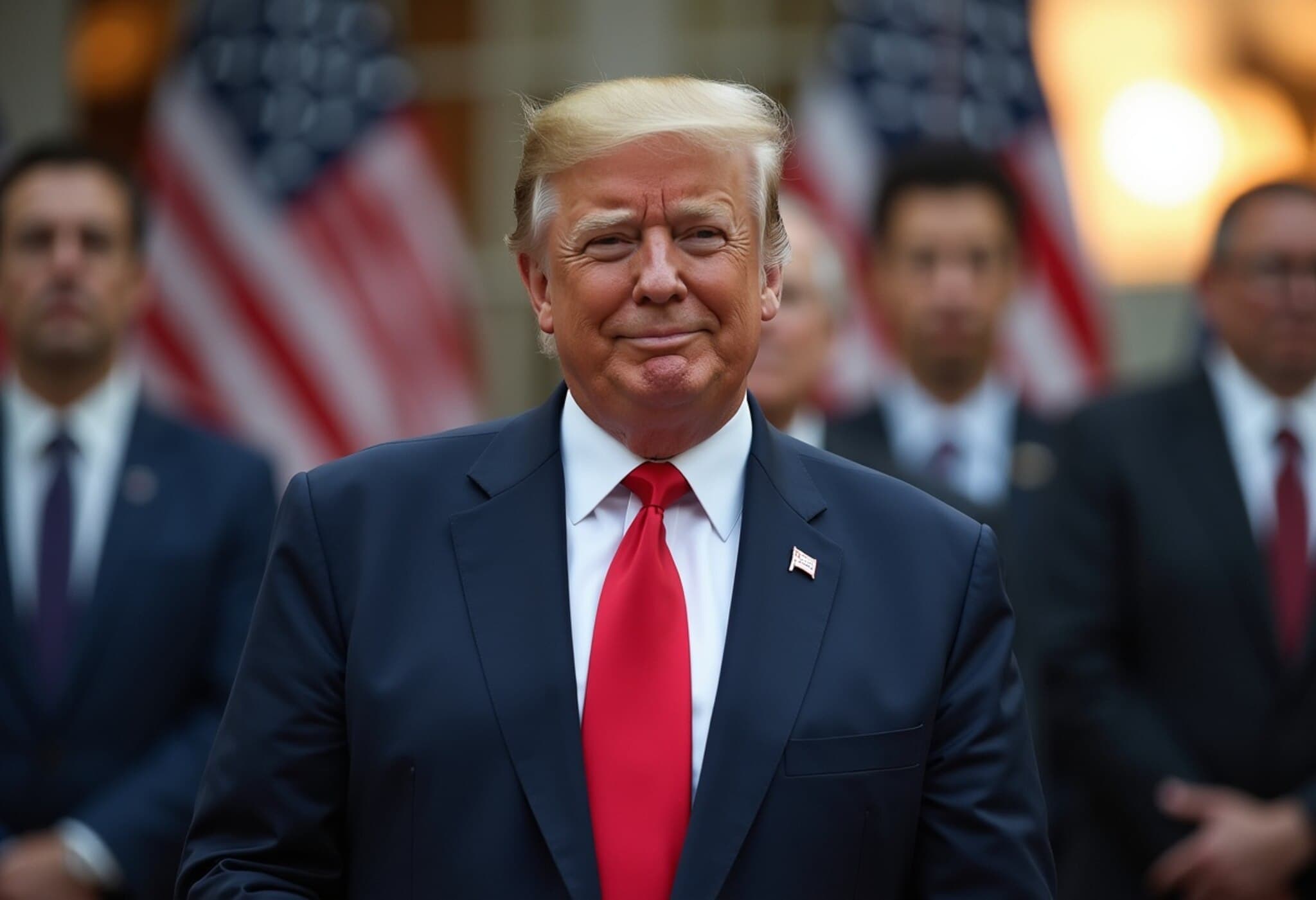US and EU Trade Negotiations Hang in the Balance
As the clock ticks down on critical trade negotiations, US President Donald Trump has characterized the prospects of striking a comprehensive trade deal with the European Union as a coin toss at best. Speaking to reporters on July 25, 2025, before departing the White House for Scotland, Trump candidly assessed the odds, saying there is roughly a “50/50 chance, maybe less” of reaching an agreement to reduce steep tariffs.
Context: Tensions and Tariffs
At the heart of these talks lies America’s broader goal of addressing persistent trade imbalances. The Trump administration has imposed or threatened punitive tariffs on numerous trading partners, aiming to pressure countries to renegotiate terms that are more favorable to the US economy. Notably, an August 1 deadline looms, after which tariffs of up to 30 percent could be enforced if no agreements materialize.
In April, the administration initiated an ambitious “90 deals in 90 days” campaign designed to roll back or postpone such levies by securing trade agreements. While this initiative has yielded formal arrangements with nations like Britain, Japan, and the Philippines, progress with the EU—the US’s critical trading partner—is far less certain.
Negotiation Nuances and Emerging Proposals
Reports out of Brussels and Washington indicate talks are ongoing, potentially paving the way for a deal involving a reduced tariff rate of 15 percent on EU goods entering the US market. Exemptions for key sectors may also be part of the agreement. However, the EU remains cautious and has prepared a substantial retaliatory package targeting approximately $109 billion (93 billion euros) of US exports. These countermeasures are slated to activate on August 7 if no resolution is reached.
Trump has been clear on his stance: tariff letters outlining specific rates—ranging from 10 to 15 percent or possibly less—are expected to be sent to various trading partners imminently. He emphasized that these tariffs function more like a sales tax paid by importers and, by extension, by American consumers, rather than harming exporting countries directly.
Despite the tough rhetoric, the White House states that negotiations with EU officials continue diligently. Yet, the US President also acknowledged less promising outcomes in talks with Canada, which faces threats of a 35 percent tariff rate.
Broader Trade Relations Landscape
In the wider context, the US-China trade relationship shows tentative signs of progress, with the president referring to certain “confines of a deal” being in place. Given that China remains America’s third-largest trading partner, any movement there significantly impacts global markets and geopolitical relations.
Expert Insight: The Stakes Behind the Numbers
From an American economic policy standpoint, these negotiations underscore the delicate balance between protecting domestic industries and maintaining affordable consumer prices. Tariffs, while designed to bolster US manufacturers, often risk inflating costs for everyday consumers. The upcoming weeks will reveal whether pragmatism can overcome protectionism to deliver a deal that reflects the intertwined nature of US-EU economic interests.
Moreover, the EU’s readiness to implement vast retaliatory tariffs signals the high stakes. Failure to compromise may escalate trade wars, impacting sectors ranging from automotive to agriculture and technology.
Key Takeaways
- Deadline pressure: August 1 for US tariff impositions; August 7 for EU retaliation.
- Proposed tariff reductions: Potential 15% US tariff on EU goods, down from threatened 30%.
- Retaliatory risks: EU targets $109 billion in US exports, threatening broader trade conflict.
- Mixed progress: Some US trade deals finalized, but major partners like EU and Canada remain uncertain.
Looking Ahead
As both sides hold their cards, the prospect of a lasting trade accord remains uncertain. Traders, policymakers, and consumers alike watch with bated breath, aware that the outcomes will ripple across supply chains and international relations. The coming days may very well redefine 21st-century trade dynamics between two of the world’s largest economies.

